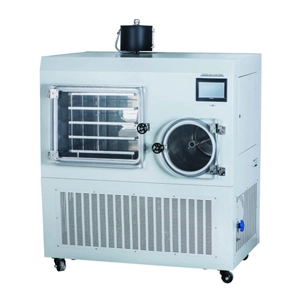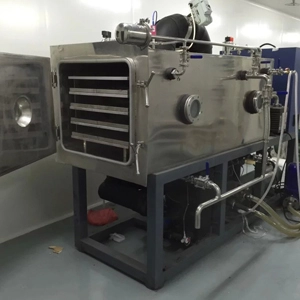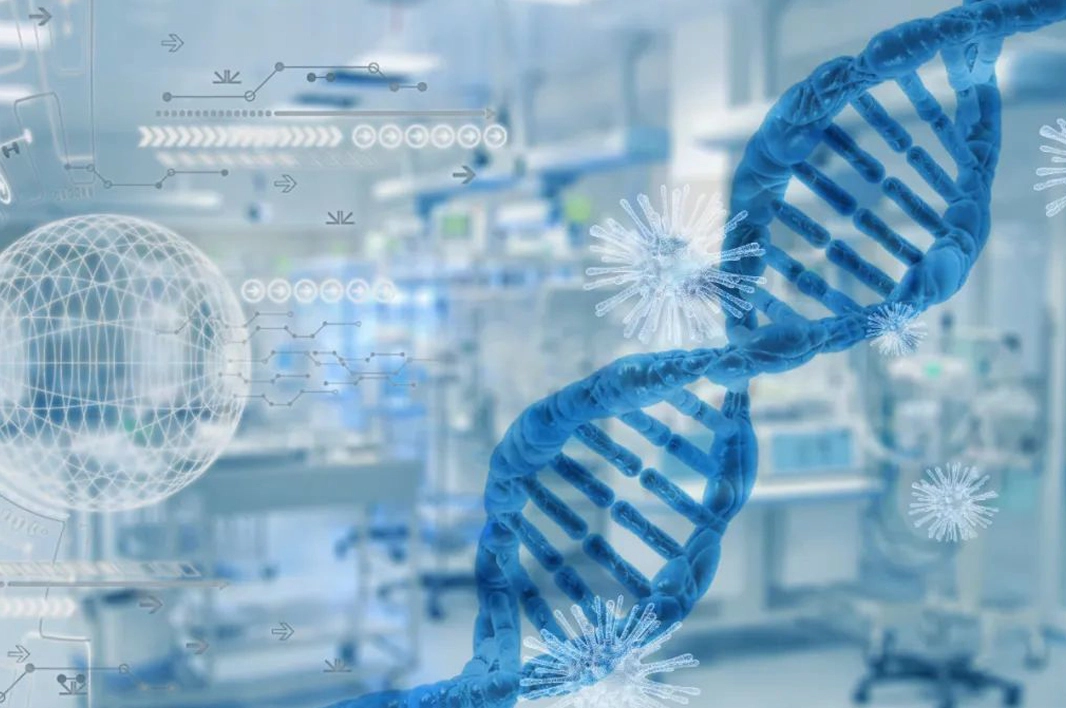A freeze dryer machine, also known as a lyophilizer, is a specialized piece of equipment used to preserve perishable materials by removing moisture through a process called lyophilization or freeze-drying. This process involves three main stages: freezing, primary drying (sublimation), and secondary drying (desorption). Initially, the material is frozen to convert water into ice. During the primary drying phase, the pressure is reduced, and heat is applied to allow the ice to sublimate directly into vapor without passing through the liquid phase. In the secondary drying phase, any remaining bound moisture is removed by further reducing the pressure and slightly increasing the temperature. Freeze dryers are widely used in various industries, including pharmaceuticals, biotechnology, food processing, and research laboratories, to extend the shelf life of products, maintain their structural integrity, and preserve their nutritional and biochemical properties. The end products are lightweight, stable, and can be easily rehydrated, making freeze dryers an essential tool for long-term preservation and storage.
Advantages of Freeze Dryer Machine
Freeze dryer machines offer several advantages, making them invaluable in various industries. They effectively preserve the nutritional and biochemical integrity of sensitive materials by removing moisture at low temperatures, preventing degradation. The process extends the shelf life of products without the need for preservatives, maintaining their original structure and flavor. Freeze-dried products are lightweight and easy to transport, with the ability to be rehydrated quickly. Additionally, the low-temperature process minimizes the risk of microbial growth and contamination. These benefits make freeze dryers essential for pharmaceuticals, food processing, biotechnology, and research applications, ensuring high-quality, stable, and long-lasting products.
Working Principle of Freeze Dryer Machine
The working principle of a freeze dryer machine involves three main stages: freezing, primary drying (sublimation), and secondary drying (desorption). Initially, the material is frozen to convert water into ice. During primary drying, the pressure is reduced, and heat is applied, causing the ice to sublimate directly into vapor without becoming liquid. In secondary drying, any remaining bound moisture is removed by further reducing the pressure and slightly increasing the temperature. This process ensures the complete removal of moisture while preserving the material’s structural integrity, nutritional content, and biochemical properties, resulting in a stable, lightweight, and easily rehydratable product.

 English
English français
français Español
Español русский
русский português
português العربية
العربية





